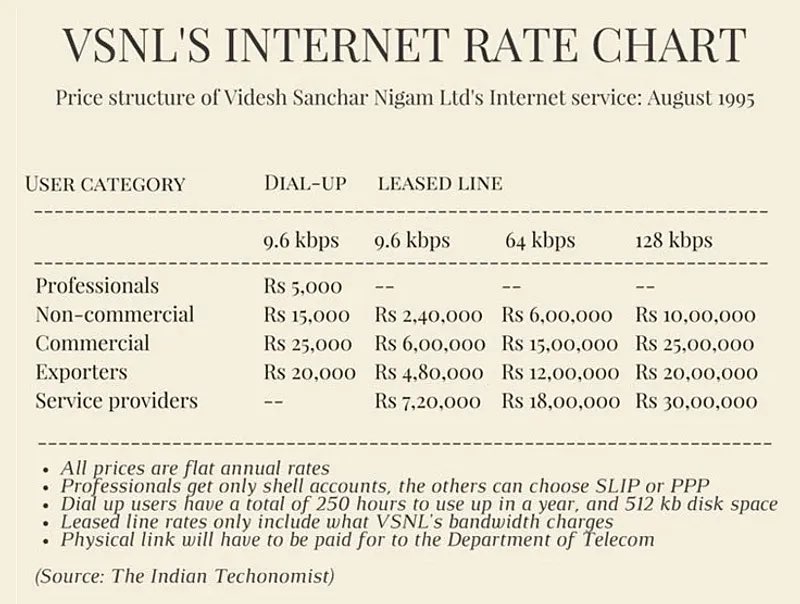
Why TikTok made its user so obsessive?
The AI Algorithm that got India hooked.
A thread
The AI Algorithm that got India hooked.
A thread
This 60-second short video app is filled with dancing, comedy, DIY, cringe content (so bad it's good).
Equipped with one of the best Recommendation Engine in the industry, You don’t need to search or know whom to watch. Personalized feed was provided at a click away.
/1
Equipped with one of the best Recommendation Engine in the industry, You don’t need to search or know whom to watch. Personalized feed was provided at a click away.
/1
This type of endless quick stimulate of easy-to-get happiness made it hard to stop browsing on TikTok.
But how did TikTok use machine learning to analyze users’ interests and preferences through interactions. What does tiktok does differently.
But how did TikTok use machine learning to analyze users’ interests and preferences through interactions. What does tiktok does differently.
TikTok will only recommend the content you would love. If you click a dancing video, your feed would be customized to the entertainment category initially,
then the following up mechanism will trace your behaviors for further analysis, which would eventually provide precise rec
then the following up mechanism will trace your behaviors for further analysis, which would eventually provide precise rec
These are the three main building blocks of Tiktok's recommendation model.
1. Tagging the content (categories)
2. Creating user-profiles and user scenarios
3. Training and serving recommendation algorithms.
TikTok also uses the real-time online training protocol.
1. Tagging the content (categories)
2. Creating user-profiles and user scenarios
3. Training and serving recommendation algorithms.
TikTok also uses the real-time online training protocol.
It demands less computational resources and gives fast feedback.
User behaviour and actions can be captured instantly then feedback to the model to reflect on the next feed.
Most likely tiktok would use the Storm Cluster to process real time sample data such as clicks,likes.
User behaviour and actions can be captured instantly then feedback to the model to reflect on the next feed.
Most likely tiktok would use the Storm Cluster to process real time sample data such as clicks,likes.
When content passed the automated audit review for malicious content , it will be put into a cold start traffic pool. For ex, after your new video passes the review process, TikTok would assign initial traffic of 200–300 active users there you could gain up to few 1000 impression
In this mechanism, a new creator can compete with a social influencer (who might have tens of thousand followers), because they have the same starting point.
Through the initial traffic pool, video can gain thousands of views, and these data will be collected and analyzed.
Metrics to be considered in the analysis include likes, views, complete views, comments, followers, reposts, shares etc.
Metrics to be considered in the analysis include likes, views, complete views, comments, followers, reposts, shares etc.
Then the recommendation engine will weigh your content based on those initial metrics and your account score(whether or not you are a high-quality creator).
If the engine decided to weigh up your content, the top 10% will be feed in an additional 10,000–100,000 traffic exposures
If the engine decided to weigh up your content, the top 10% will be feed in an additional 10,000–100,000 traffic exposures
Feedback from this traffic pool will be further analyzed.outperforming content will be amplified in a specific user group (e.g., sports fans, fashion lovers).
This is similar to the concept “guess what you like” function.
This is similar to the concept “guess what you like” function.
The engine will build a user profile base so that it can find the best match between the content and the user group.
Some TikTokers perform average at first and suddenly start getting traction later.
TikTok also has an algo to look back to the old content and mining for the high-
Some TikTokers perform average at first and suddenly start getting traction later.
TikTok also has an algo to look back to the old content and mining for the high-
quality candidates for exposure.
If your content has been pick by this algorithm, it’s indicates your account has enough vertical videos to derive a clean label. This label will increase the content visibility.
If your content has been pick by this algorithm, it’s indicates your account has enough vertical videos to derive a clean label. This label will increase the content visibility.
Then there's another traffic driver,
If one of your content gets millions of views, it will direct the traffic to your main page, thus increasing the views of the old content. This often occurs in the vertical creator (e.g., funny cat/dog video creator).
If one of your content gets millions of views, it will direct the traffic to your main page, thus increasing the views of the old content. This often occurs in the vertical creator (e.g., funny cat/dog video creator).
TikTok focused to introduce varieties and remove unintentional bias in its algorithm. Now the recommendation engine won’t be inclined to a particular type of content, thus make sure that new content will get equal opportunities to get into the trending pool.
/End
/End
References- nytimes.com/2020/06/03/tec…
businessofapps.com/data/tik-tok-s…
sensortower.com
mediakix.com/blog/top-tik-t…
businessofapps.com/data/tik-tok-s…
sensortower.com
mediakix.com/blog/top-tik-t…
• • •
Missing some Tweet in this thread? You can try to
force a refresh




